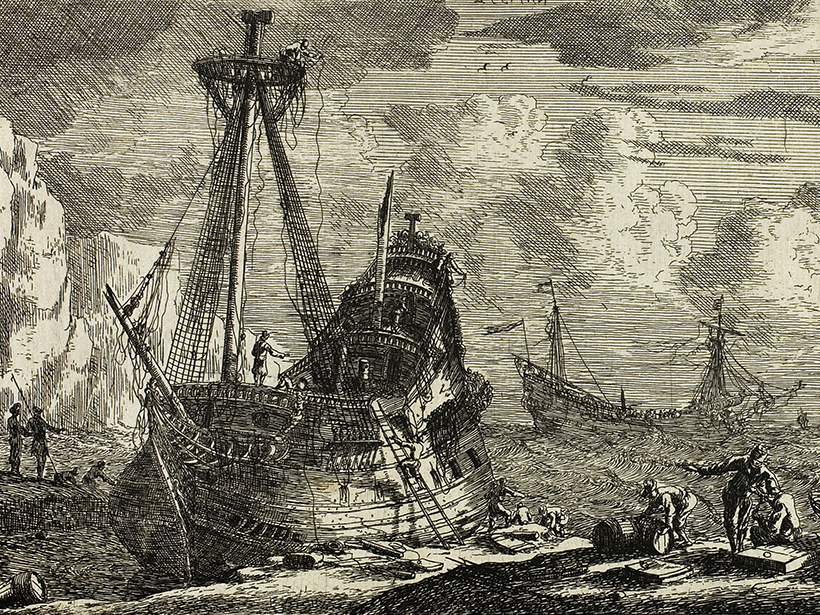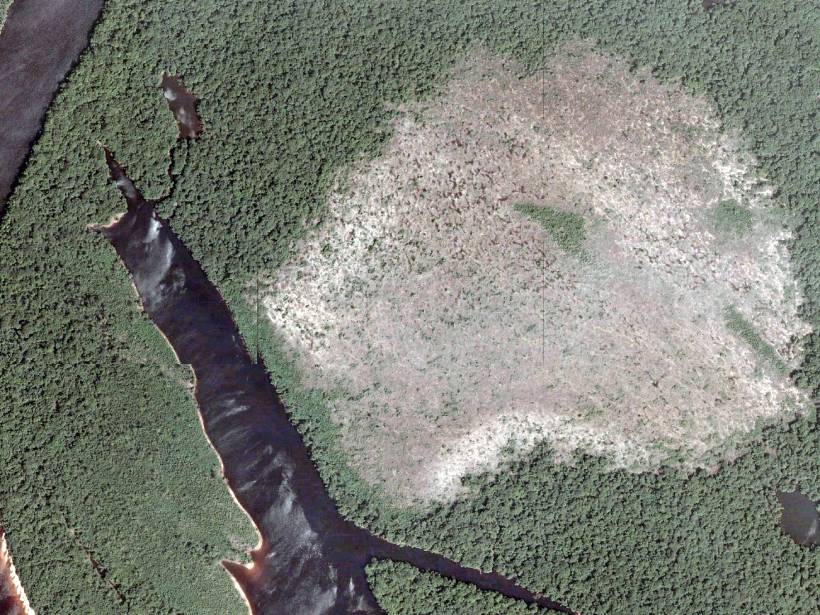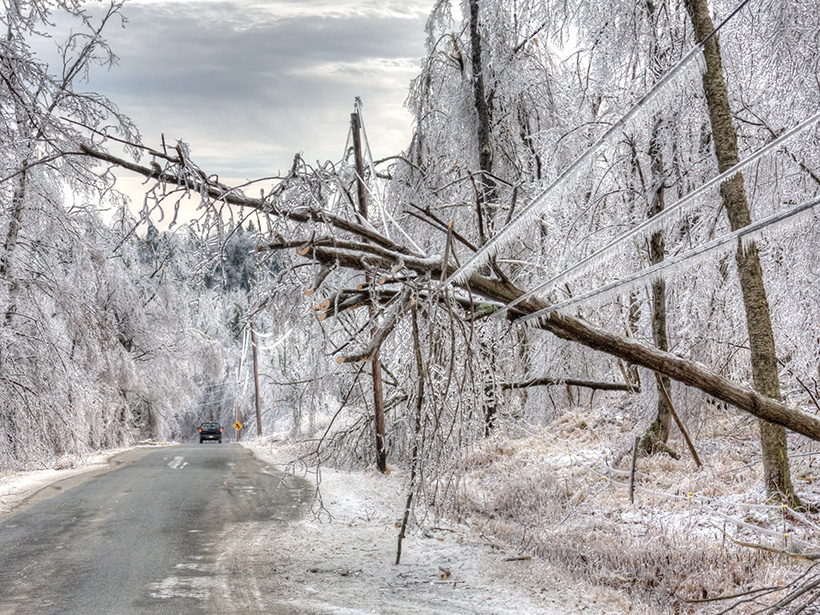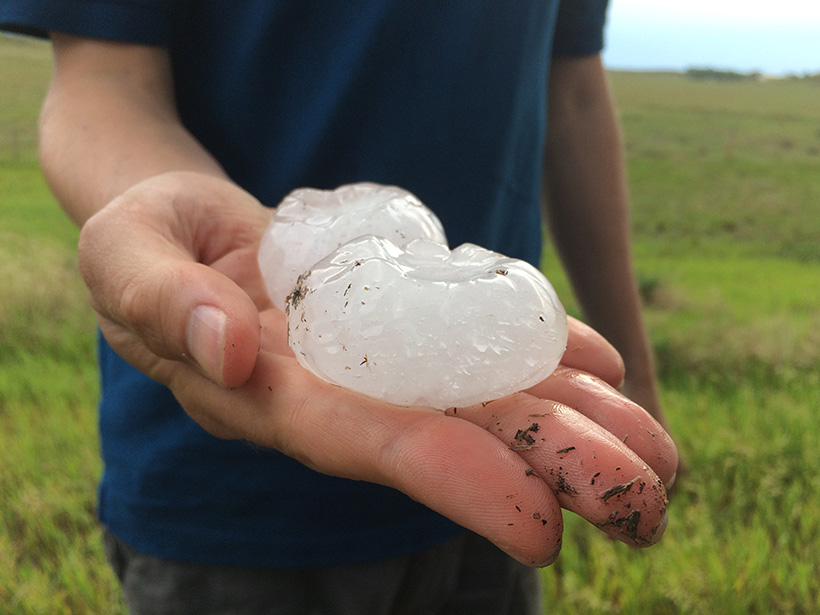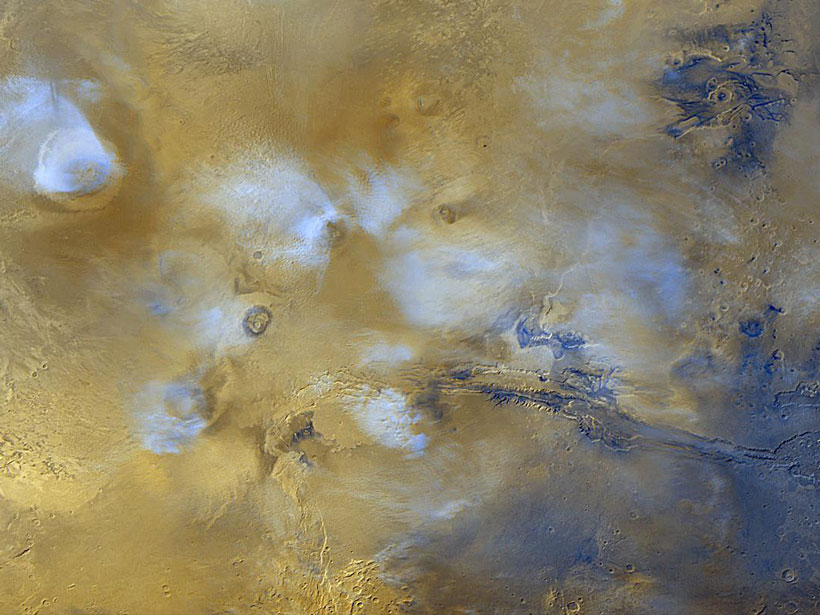A new study revises estimates for when oxygen became a permanent part of the atmosphere and solves a puzzle about glaciation during the Paleoproterozoic era.
News
Scientists Mine 16th Century Ship Logs for Geophysical Research
Compass measurements held a key to unlocking the mystery of Earth’s magnetic field and its changes over time. A historian-turned-geoscientist found the measurements in an unlikely place—merchant ship logs.
Amazon Forests Are Turning into Savannas
Floodplain forests have low resilience to repeated exposure to wildfires. As climate change increases the instances of fires, forests may transform to less productive grassland ecosystems.
High School Junior Builds Cheap Earthquake Warning Device
The project exploring seismic noise during the coronavirus pandemic was fueled by Google searches and bathroom soldering sessions.
Forecasters Navigate a Highway to Success Around Lake Victoria
An early-warning system establishes international networks to help communities manage severe weather on Africa’s largest lake.
The Who, What, When, Where, and Why of the Polar Vortex
Here’s a rundown of what this atmospheric phenomenon really is and why it matters.
Cheap Sensors Provide Missing Air Quality Data in African Cities
Calibrated low-cost sensors in Kinshasa and Brazzaville provide new information on pollution and help scientists model a way to improve access to air quality data.
Holy Water: Miracle Accounts and Proxy Data Tell a Climate Story
In 6th century Italy, saints were said to perform an unusual number of water miracles. Paleoclimatological data from a stalagmite may reveal why.
Severe Hailstorms Are Costly and Hard to Predict
Hail causes huge financial losses worldwide every year. But we still can’t predict when hail will strike. Climate scientists from around the world are teaming up to figure out how to change that.
Tiny Volcanoes Are a Big Deal on Mars
Cinder cones and fissure vents provide clues about the evolution of the Red Planet’s mantle and crust.


